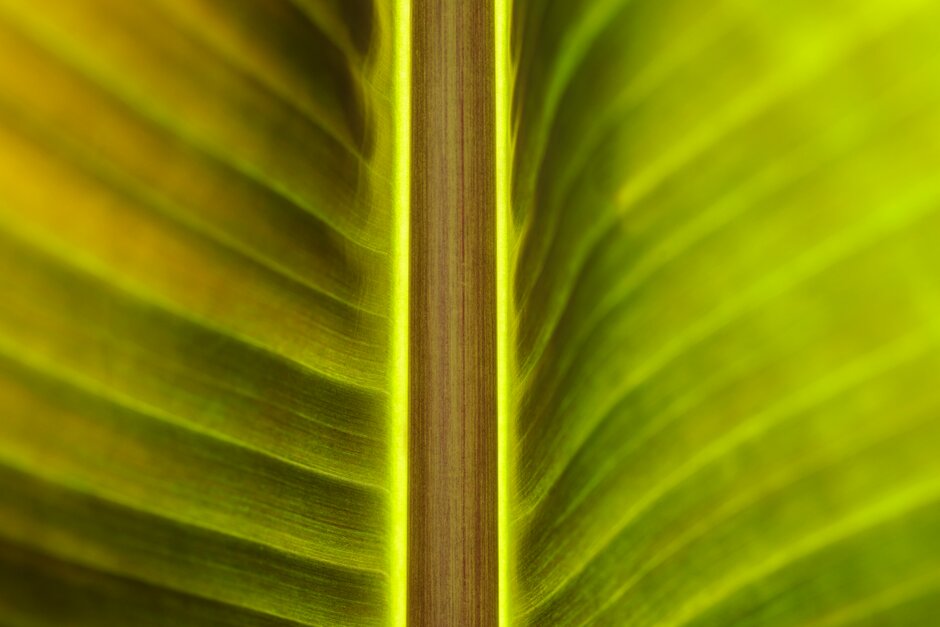Musa sikkimensis
Sikkim banana
A suckering perennial with large, oblong leaves to 2m long emerging from a red-tinged pseudostem. Young leaves are flushed reddish purple beneath and have red midribs. Mature plants may bear yellow flowers enclosed in purple bracts in summer; these can be followed by angular, yellowish fruits

Buy this plant
Size
Ultimate height
2.5–4 metresTime to ultimate height
5–10 yearsUltimate spread
1.5–2.5 metresGrowing conditions
Moisture
Moist but well–drained, Well–drainedpH
Acid, Alkaline, NeutralColour & scent
| Stem | Flower | Foliage | Fruit | |
| Spring | Green Red | |||
|---|---|---|---|---|
| Summer | Yellow | Green Red | Yellow | |
| Autumn | Green Red | |||
| Winter | Green Red |
Position
- Full sun
- Partial shade
Aspect
South–facing or West–facing
Exposure
Sheltered Hardiness
H3Botanical details
- Family
- Musaceae
- Native to GB / Ireland
- No
- Foliage
- Evergreen
- Habit
- Suckering
- Genus
Musa are suckering evergreen perennials with very large, paddle-shaped leaves whose stalk-bases form a false stem, and clusters of tubular flowers with colourful bracts, followed by cylindrical fruits
- Name status
Correct
- Plant range
- N.E. India, Bhutan
How to grow
Cultivation
Under glass, grow in peat-free, loam-based potting compost in full light, with shade from hot sun. Water freely while in growth and apply a balanced liquid fertiliser every month; keep just moist in winter. Repot every 1 or 2 years in spring. Outdoors grow in sheltered site in humus-rich soil and either bring pots indoors, or provide winter protection in the form of biodegradable horticultural fleece and hessian wraps. See banana cultivation
Propagation
Propagate by sowing pre-soaked seed in spring. Separate suckers in early spring, removing older leaves
Suggested planting locations and garden types
- City and courtyard gardens
- Patio and container plants
- Sub-tropical
- Architectural
- Bedding
- Conservatory and greenhouse
- Wall side borders
Pruning
Remove damaged or dead leaves
Pests
May be susceptible to glasshouse red spider mite, mealybugs and aphids
Diseases
Generally disease-free
Get involved
The Royal Horticultural Society is the UK’s leading gardening charity. We aim to enrich everyone’s life through plants, and make the UK a greener and more beautiful place.